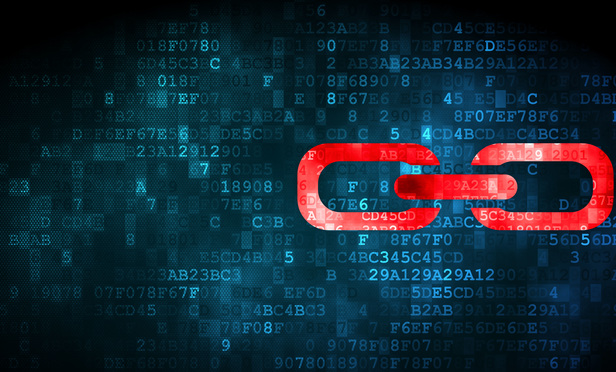Counterfeit goods—those unauthorized products that deliberately imitate the legitimate goods of others so as to mislead consumers as to their true nature—plague retailers across all industries. In 2019 alone, the Organization for Economic Cooperation and Development (OECD) reported that counterfeit goods accounted for more than 3.3% of global trade. At best, counterfeit goods are lower quality products meant to imitate the original. At worst, they can be downright dangerous. Consumers can inadvertently end up with tainted baby formula, spontaneously combusting batteries or malfunctioning brake pads. In any case, counterfeit goods harm both consumers and retailers. They blur the line between the retailer and imitator; and they damage that retailer’s business, reputation and goodwill.
For luxury brands, annual losses from counterfeit goods reach well into the billions. Despite concerted efforts to thwart imitators, the market for fakes continues to grow. The rise in e-commerce and online secondary retail markets, particularly during the past year with much of the world confined to small-screen shopping, has added fuel to the fire. Leading luxury retailers are now turning to blockchain technologies in an effort to douse the flames.


 Maksim Kabakou/Shutterstock.com
Maksim Kabakou/Shutterstock.com




